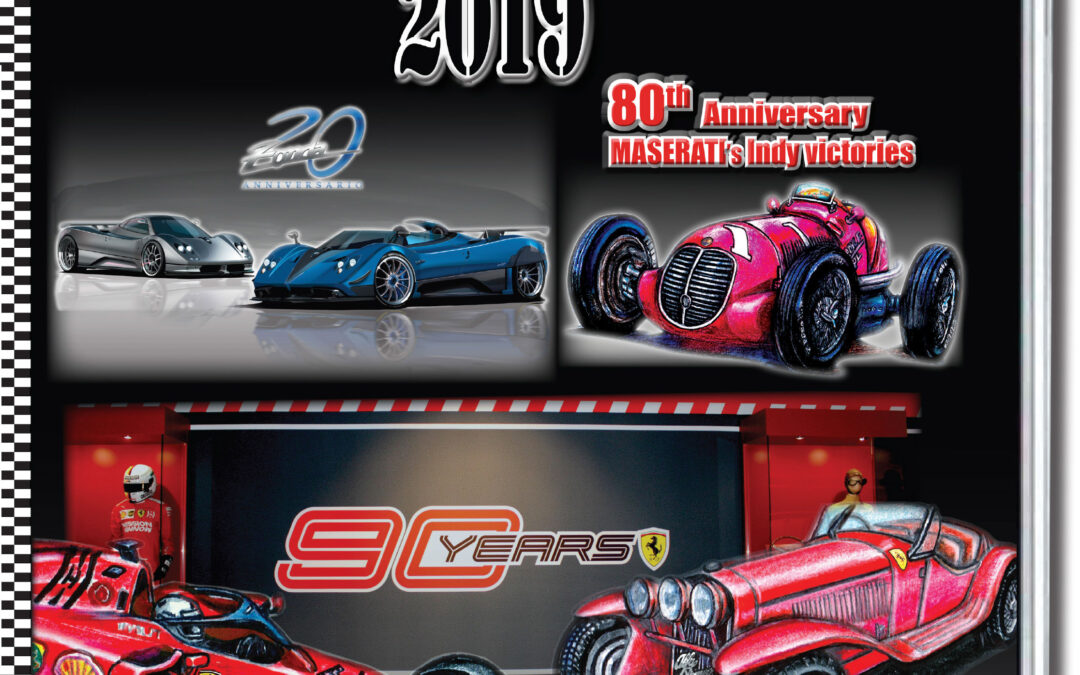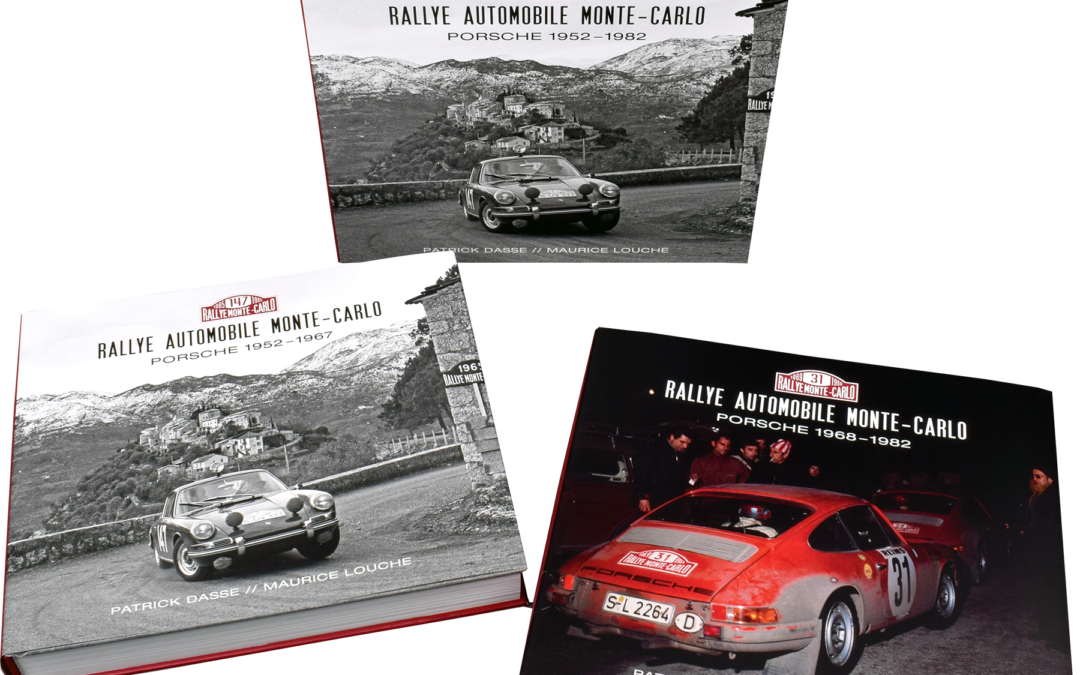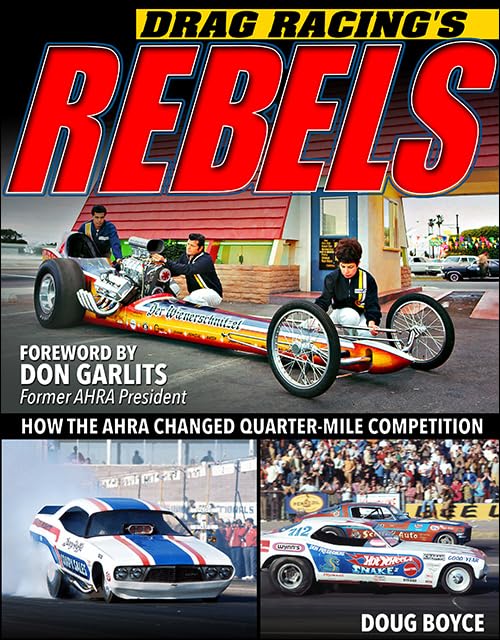
Learn the entire fascinating story of the American Hot Rod Association (AHRA) in this wonderfully illustrated color history.
When the National Hot Rod Association (NHRA) was formed in 1951 by Wally Parks, the reasoning for the formation was to “create order from chaos” by instituting safety rules and performance standards that helped legitimize the sport of drag racing. Some organization was certainly necessary. A postwar boom in automotive enthusiasm was reaching new heights, and Hot Rod magazine and the NHRA were right in the thick of it.
The NHRA hosted its first drag racing event in 1953, and in 1955, the organization staged its first national event, which was simply called “The Nationals.” The AHRA formed in 1956 as an alternative to the NHRA, where the drivers voted on the rules (rather than sanctioning bodies and tracks), and their influence on the sport was felt almost immediately.
When the NHRA denied the use of nitromethane in 1957, the AHRA approved it. When the NHRA banned aircraft-powered dragsters in 1961, the AHRA welcomed them. When the NHRA said no to the emerging Funny Car in 1965, the AHRA said yes. When fans and racers screamed for a heads-up Super Stock category in 1968, the AHRA delivered. The AHRA was called a rebel association. Some say that it was more of an association that got things done–to the delight of fans and racers. The AHRA was on equal ground with the NHRA by the 1970s, drawing enormous crowds and racer entries.
In this fascinating history, veteran author Doug Boyce tells the story of the AHRA: the rise, the competition, the events, and the eventual downfall of the organization. After AHRA President Jim Tice passed away in 1982, internal fighting for control of the association resulted in its doom. Get the whole story here, and add this wonderful volume to your drag racing library.
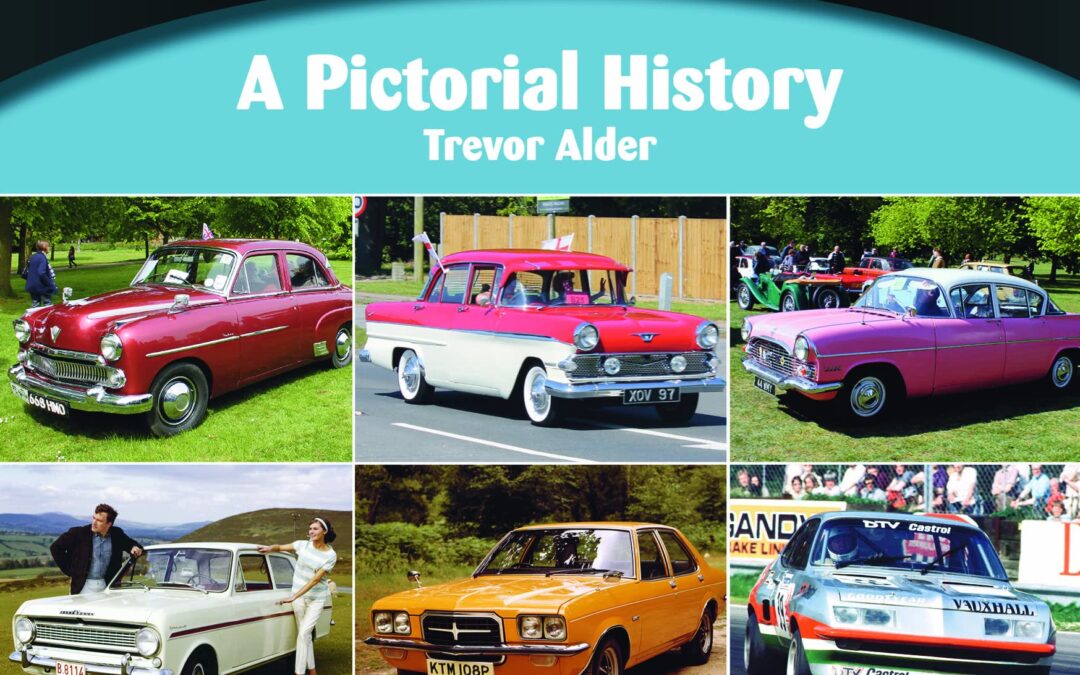
A comprehensive pictorial history of all Vauxhall cars produced from 1945 up to and including models in production in 1995. This really is the ‘go-to’ publication if you need to compare your Vivas, Victors, Ventoras or Viceroys!
Breaking down the many models into several chapters, this is a trip down memory lane for any postwar car enthusiast. Comprehensively illustrated, the book includes line drawings, black & white plus colour period photographs, together with interior detail. All models are covered along with sports derivatives, limited editions, vans, estates, coupes. It includes a section on motor sport achievements and TV/movie appearances. Contemporary factory advertising slogans used is key throughout. Complimenting the historical content, technical specifications, key production changes and build figures are also detailed.
Trevor Alder has been driving Vauxhalls and Opels for many years and has previously written and compiled several Vauxhall/Opel publications from his massive self-indexed magazine archive. The research for this book suggests this a bookshelf-must for anyone interested in a slice of Britain’s motoring heritage.
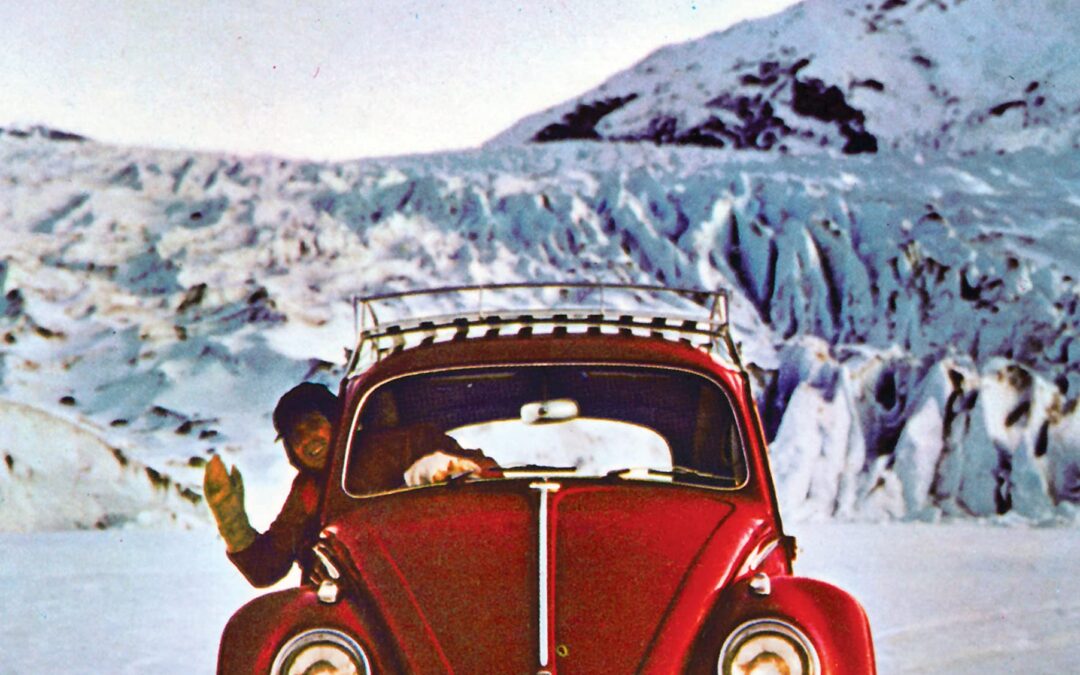
In this highly readable and informative book, VW expert Richard Copping tells the inside story of one of the world’s most popular cars.Drawing on his unique experience as an author of many VW books, the author reveals the secrets of the VW Beetle’s success. Not only was the concept of a cheap but reliable mass produced car a sound one, but the fact that the car was subjected to continuous improvement rather than radical change meant that the Beetle soon became an icon.Richard Copping also analyses the successful marketing techniques that spread Beetle manufacture and popularity around the world, including countries as far afield as Brazil, South Africa and Australia. Under the leadership of the ingenious Heinz Nordhoff, Volkswagen also ensured that manufacture of the Beetle was fast, efficient and profitable.Particularly in the United States the Beetle was the beneficiary of highly successful advertising campaigns that sealed its reputation as a must have cult icon, alongside the popular VW Transporter.Accompanied by colour illustrations, this book is a fascinating journey through the development of an automotive phenomenon.

Learn how to maximize your profits and savings when buying and selling collector cars!
The dealership model is an American institution, and auction houses can trace their roots back to the days of dusty cattle sales. Both have remained unchanged. Since the early 2000s, the internet has shaken up these legacy methods of finding, buying, and selling vintage cars, as a global online marketplace that is open to anyone.
CarTech, in conjunction with Patrick Krook of REV! Muscle Cars, introduces a proven process drawn from 20 years of experience building some of the world’s most significant classic car collections. Whether you are a first-time buyer or an established collector, this book shows you how to locate and buy your dream collector car stress free. Get the car you are expecting every time, creating positive cash flow and keeping the hobby fun for years to come.
Inside this book is an easy-to-follow, heavily illustrated step-by-step method to find, evaluate, negotiate, close, fund, and take delivery of a collector car safely over the internet without leaving your living room. It also includes how to avoid costly purchase mistakes, such as overpaying, fakes, or buying someone else’s headache. Better yet, it delves into details about how to always sell out of advantage, minimizing the overall amount you invest as you build your collection over time. Lastly, it provides all the tools you need for buying and selling when you have that person-to-person driveway transaction.
Why spend tens of thousands of dollars on dealership retail markup, auction fees, and failed purchases when you can obtain your dream car, keep more money in your pocket, and spend more quality time enjoying the hobby? How to Buy and Sell Collector Cars takes you from being a novice to a seasoned buyer/seller while you enjoy the adventure of car collecting.

Install and modify your truck bed floor with guidance from certified auto-body repairman and television personality Kevin Tetz.
A simple internet search of the words “truck bed floor” provides almost a hundred million results. The possibilities are limitless for personalizing your hauler for work or play. The bed floor shows the heart and soul of a vintage truck, and with several new generations of pickups being deemed “classic,” it’s no surprise that the bed is a popular subject.
The functionality of a truck bed can be traced back to the days of horse-drawn vehicles. As the purpose of some truck beds has changed from their utility to being an accessory, personalizing and customizing them is now an industry standard.
Even with the most basic skills, you can be confident that you can pull off an excellent restoration or replacement of a bed floor with the simplest of hand tools. Taking ownership of a do-it-yourself project provides an immense sense of pride in the accomplishment, so whether your truck is brand new or 100 years old, this book walks you through how to restore, decorate, replace, customize, patina, or upgrade your bed floor.
Truck Beds: How to Install, Restore & Modify was written to provide professional results while catering towards your skill set, budget, and experience.
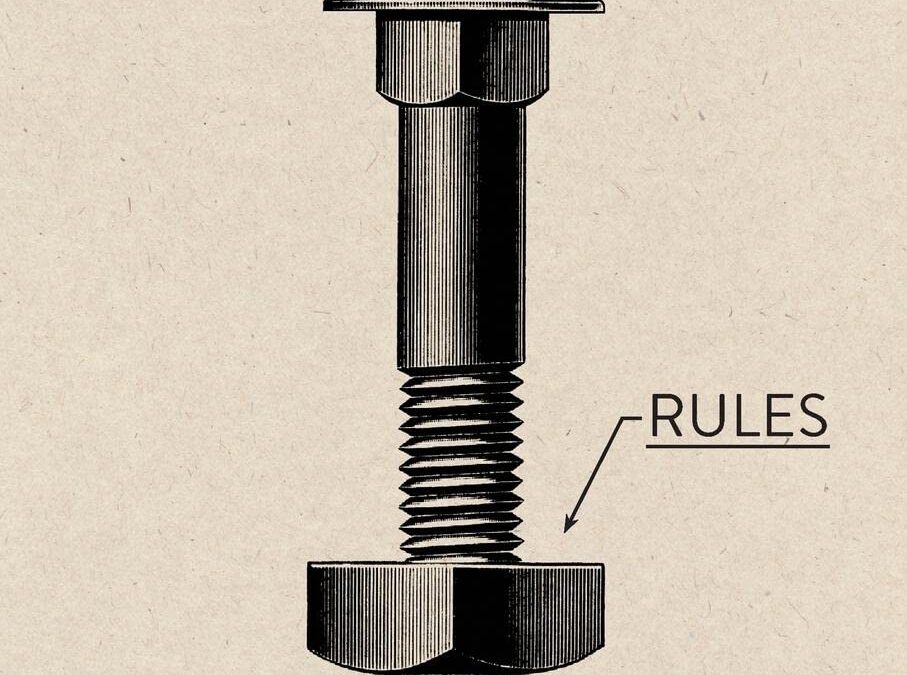
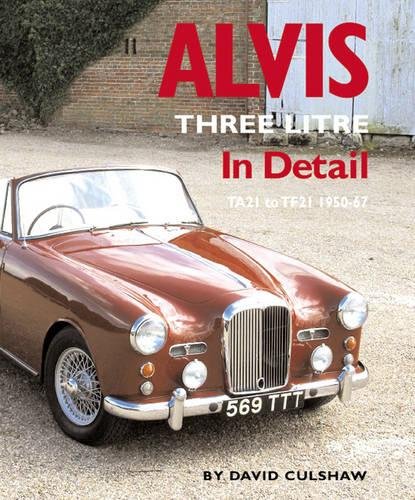
From its launch in 1950 to its demise in 1967, the Alvis Three Litre enjoyed a deserved reputation for effortless performance, exceptional surefootedness and stability, a high degree of driver friendliness, and irreproachable quality of construction. It was considered a rather exclusive car, coming as it did from a maker whose products always had a certain individuality. In addition, there remained through successive models something reassuringly traditional about its styling in both saloon and drophead forms; while never outdated, it displayed a timeless, discreet dignity unmoved by the more frivolous vagaries of fashion. All the while, in the background but ready to serve when called upon, was the Alvis works, whose concern for its cars and their owners was exemplary.Throughout production, the Three Litre was based on the same chassis and was powered by the same engine. This was a handsome and efficient short-stroke six-cylinder, conceived in order to provide the driver with ample power over a very wide rev range. Starting with an output of 83bhp in the early TA21, this robust unit was progressively developed to supply 150bhp in its final TF21 form while retaining the turbine smoothness, reliability and lack of temperament that it had become celebrated for. It was perfectly matched to its chassis and running gear, and those who have driven a Three Litre at speed will find the dynamic qualities of the contemporary rivals from Bentley or Jaguar rather less likeable.This book opens with an exposition of the background that led to the companys introduction of the Three Litre in 1950. Then comes a detailed technical analysis of the TA21, covering all aspects of the chassis, running gear, engine and transmission. This sets the scene for the chapters which follow, on the short-lived TB21 sports tourer, the TC21 and the uprated TC21/100, the Graber-inspired TC108G, the outstandingly handsome TD21 Series I and II, the TE21 and the TF21.Each of these receives comprehensive treatment, including differences from previous models, production changes and full chassis number number listings, along with notes on famous owners and screen appearances. The author provides extensive information on the coachbuilders who supplied Three Litre bodies, including Mulliners, Tickford, Graber, Willowbrook and Park Ward, and there are chapters devoted to the Alvis-powered Healey G Series sports car, the aborted Issigonis-designed Alvis TA350, and the ownership and use of Alvis Three Litre models today.Five outstanding examples of the cars have been specially photographed for this book and are featured in some 70 colour shots. There are also more than 140 black-and-white illustrations drawn from archives as well as from Alvis sales and publicity material. Devoted exclusively to the Three Litre, this book offers an in-depth examination of these excellent cars to provide a store of information for the many owners who care passionately about them, and serve as a tribute to the men who made them.
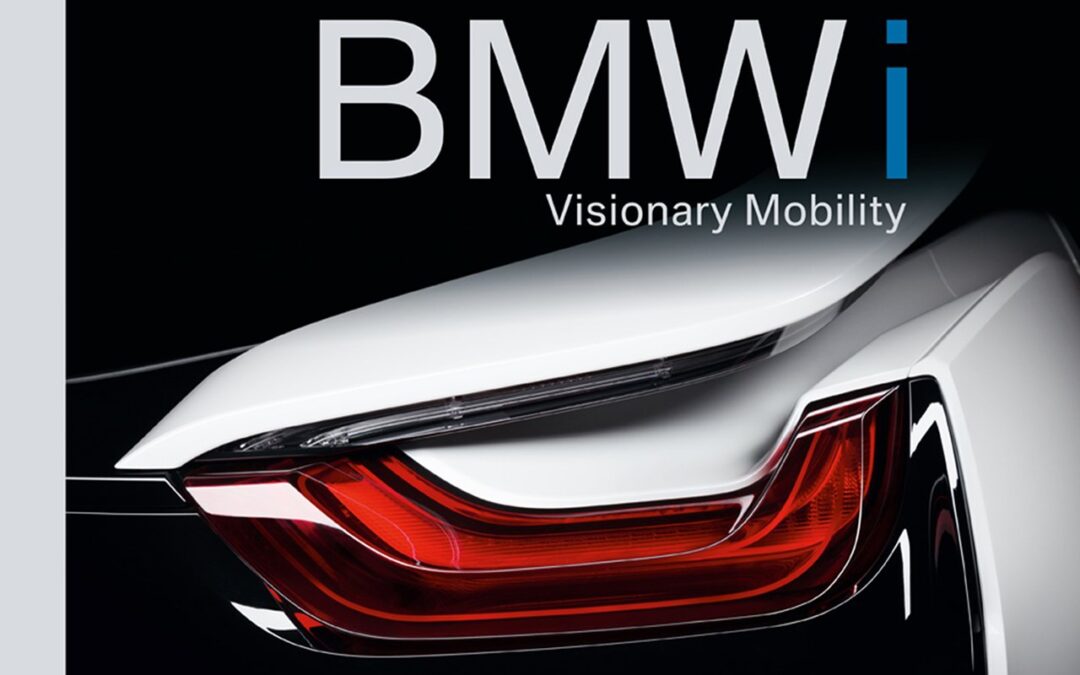
In the spring of 2008, a think tank of engineers, designers, trend researchers, and financial experts met on a factory floor of BMW’s parent plant in Munich to rethink mobility for a world of dwindling resources. Providing extensive insight into BMW’s workshop of ideas, this volume traces the venture’s design history and looks to the future of sustainable cars.
Grappling with major challenges of our time—from climate change to megacities and the scarcity of resources—contributors imagine solutions taking shape through technological innovations, networked mobility, sustainability in production, and the use of renewable materials. A unique look behind the scenes, this volume opens a window onto BMW’s complete development process, from initial conception to world premiere, presenting models for everything from plug-in hybrids with eucalyptus wood interiors to full-electric, self-driving cars. Replete with close-up photographs and fascinating model drawings, BMW i is a must-have for lovers of modern design and automobiles and for anyone interested in electro-mobility and sustainable technologies.
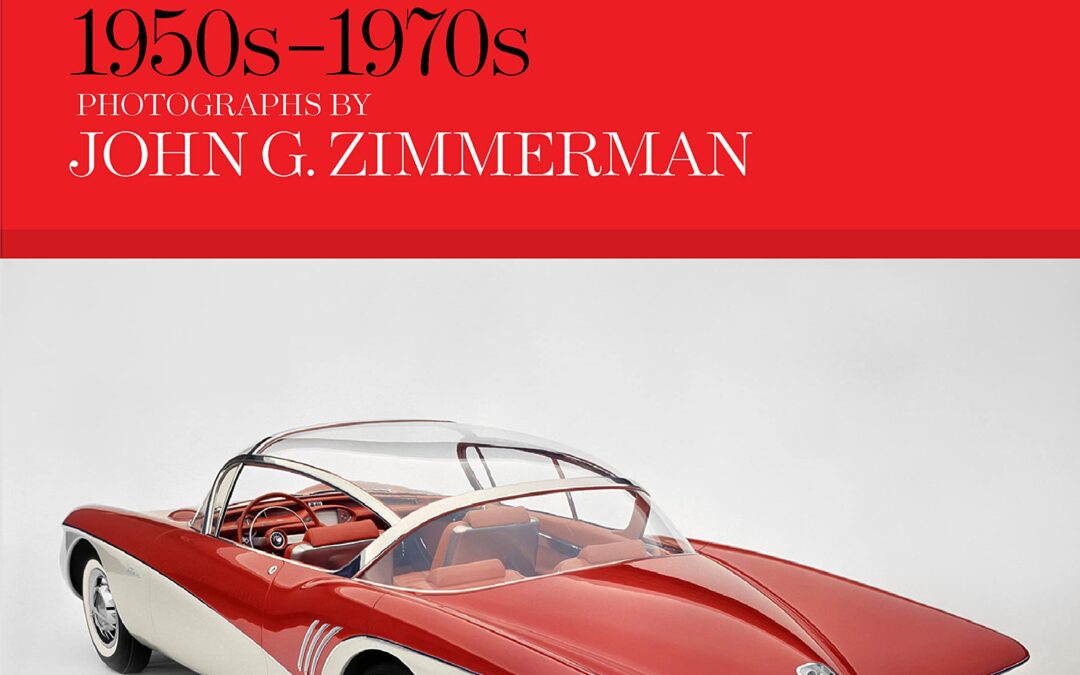
A glorious and nostalgic celebration of a defining period in American car culture—the 1950s to the 1970s, the golden age of Detroit’s icons of the road—when automobile design was at its peak and the car itself was synonymous with a vision of success in America.
Auto America offers a compelling look at three decades (the 1950s, ’60s, and ’70s) of America’s fascination with the automobile. At a time when self-driving vehicles and climate change are transforming driving around the world, John G. Zimmerman’s pictures capture the optimism and even utopianism of a beloved period in American car culture.
Many of Zimmerman’s photographs were originally taken for Life, Time, and Sports Illustrated magazines and highlight diverse aspects of America’s auto industry at its zenith; they feature not only iconic cars of the era, which Zimmerman chronicled comprehensively at car shows and in studio assignments throughout the period, but also a behind-the-scenes look at the people who designed, built, collected, exhibited, and raced them.
With more than 200 photographs and drawing on the John G. Zimmerman Archive’s collection—including his best-known photographs of Fords, Chryslers, and GMs in their heyday alongside ephemera, tear sheets, and outtakes from his assignments—the book celebrates the automobile’s central place in American culture during those decades when the timeless silhouettes of classic cars ruled the roads.
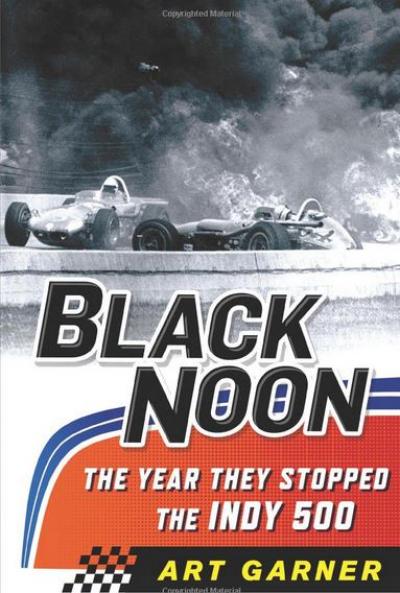
Winner of the 2014 Dean Batchelor Award, Motor Press Guild “Book of the Year”
Short-listed for 2015 PEN / ESPN Literary Award for Sports Writing
Before noon on May 30th, 1964, the Indy 500 was stopped for the first time in history by an accident. Seven cars had crashed in a fiery wreck, killing two drivers, and threatening the very future of the 500.
Black Noon chronicles one of the darkest and most important days in auto-racing history. As rookie Dave MacDonald came out of the fourth turn and onto the front stretch at the end of the second lap, he found his rear-engine car lifted by the turbulence kicked up from two cars he was attempting to pass. With limited steering input, MacDonald lost control of his car and careened off the inside wall of the track, exploding into a huge fireball and sliding back into oncoming traffic.
Closing fast was affable fan favorite Eddie Sachs. “The Clown Prince of Racing” hit MacDonald’s sliding car broadside, setting off a second explosion that killed Sachs instantly. MacDonald, pulled from the wreckage, died two hours later.
After the track was cleared and the race restarted, it was legend A. J. Foyt who raced to a decisive, if hollow, victory. Torn between elation and horror, Foyt, along with others, championed stricter safety regulations, including mandatory pit stops, limiting the amount a fuel a car could carry, and minimum-weight standards.
In this tight, fast-paced narrative, Art Garner brings to life the bygone era when drivers lived hard, raced hard, and at times died hard. Drawing from interviews, Garner expertly reconstructs the fateful events and decisions leading up to the sport’s blackest day, and the incriminating aftermath that forever altered the sport.
Black Noon remembers the race that changed everything and the men that paved the way for the Golden Age of Indy car racing.
Soft Cover
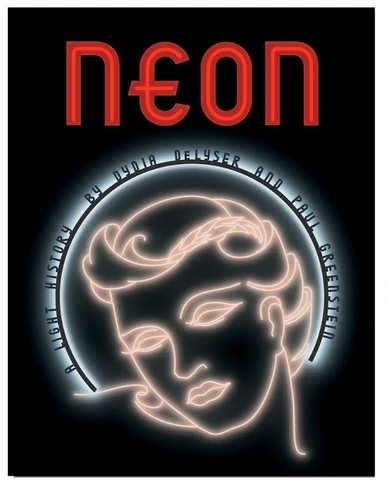
SIGNED
Since the late nineteenth century neon signs have inspired devotion and derision, drawing people to them and transforming the American landscape in the process. In Neon: A Light History Dydia DeLyser and Paul Greenstein unite the approaches of scholar and signmaker in the first book to detail neon’s rich history and geography from the inside. Lavishly illustrated and invitingly designed, this short book’s compellingly written expert analysis dispels long-held myths and misunderstandings about the inventors and technologies, the art and commerce, and the cities and communities that have made neon signs such iconic parts of the American landscape.
Revealing neon signs as active agents in sweeping cultural, economic, and political changes nationwide, DeLyser and Greenstein introduce readers to inventors and “tube benders,” business owners and customers, politicians and passersby, sign detractors and sign afficionados, architects and restoration specialists—a compelling cast of characters, many of whom, they show, continue to keep neon vibrant today. Taking readers inside the signs themselves, the authors show how each sign, whether historic or contemporary, is made by skilled hands—today just as they were over one hundred years ago.
Drawing from over a decade of in-depth archival and ethnographic research as well as more than four decades of experience in the sign industry, DeLyser and Greenstein use Los Angeles—not New York or Las Vegas—as focal point, showing how neon signs have catalyzed urban change, and how they continue to hold appeal for our changing communities—developing with the automobile and car-and-consumer culture in the twentieth century, expanding from cities to towns, and along highways to remote roadside outposts. From the earliest luminous tubing in the 1890s to the artistic creations of today, from community-funded restorations of historic signs to ordinary-seeming business signs that have become community icons, DeLyser and Greenstein show how, just as neon signs lit our past, they can now light our shared future.
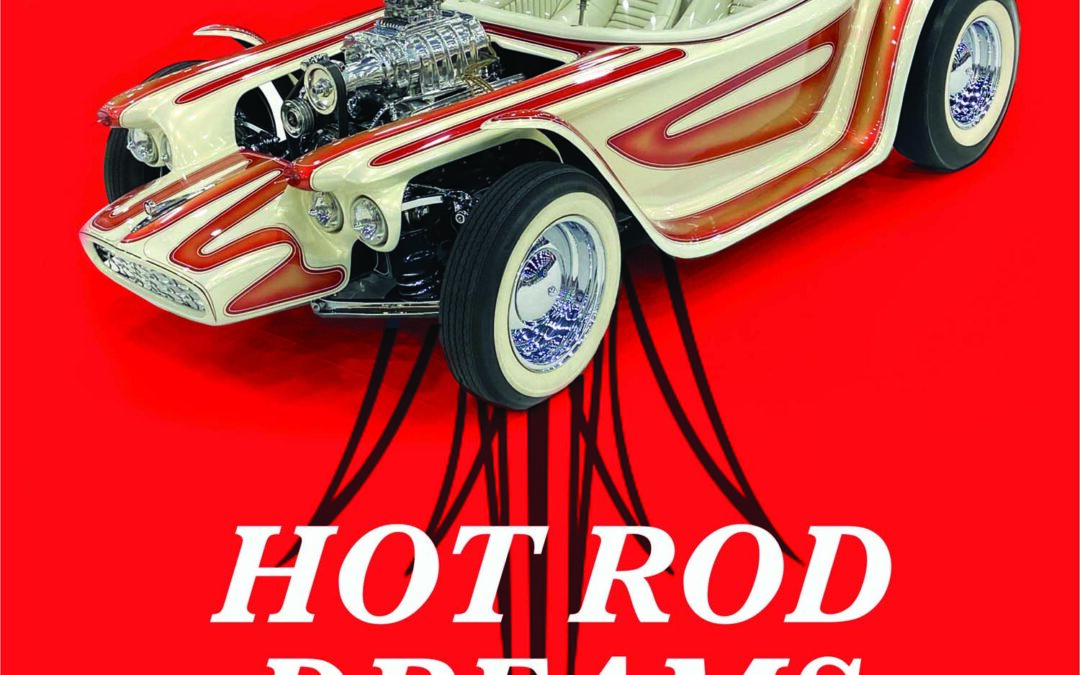
HOT ROD DREAMS – Car Shows and Culture tells the sensational story of how indoor hot rod shows changed America and taught the world to love hot rods, customs and the people who built them.
There was a time – not long ago – when cars were much more than transportation. This was the era when people defined much of their public persona around cars. People felt they were what they drove, and many lusted after rides that would set them apart. Cars influenced art and entertainment, and a rapidly growing number of hot rod and custom car shows fed these appetites and fantasies.
During this era, Bob Larivee was the undisputed ringmaster of the greatest show on Earth – the indoor hot rod and custom car show. Driven by pure enthusiasm, and possessing a natural gift of knowing what would draw people, Larivee built an empire that showcased style, color, horsepower, pop culture and fantasy. For decades, his events helped define American car passion while fueling the dreams of millions around the world.
Hot Rod Dreams – Car Shows and Culture celebrates the people and stories of this not-so-long-ago era, while also exploring how popular culture inspires our concepts of personal identity. HOT ROD DREAMS features more than 350 photos, many of which have never been published.
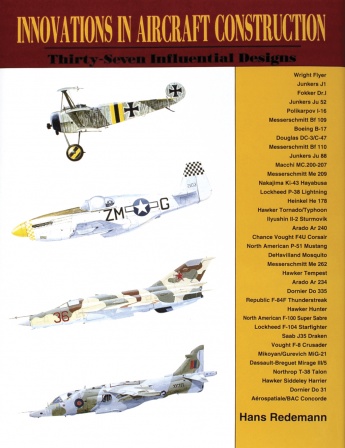
From the Wright Brothers’ famous “Wright Flyer” in 1903, to the “Concorde” in 1969 this book emphasizes the great strides made in aircraft construction in the sixty-six years between these two famous designs.
Presented in chronological order are thirty-seven classic designs that changed the history of flight: The Wright Flyer, Junkers J1, Fokker Dr. I, Junkers Ju 52, Polikarpov I-16, Messerschmitt Bf 109, Boeing B-17, Douglas DC-3/C-47, Messerschmitt Bf 110, Junkers Ju 88, Macchi MC.200-207, Messerschmitt Me 209, Nakajima Ki-43 Hayabusa, Lockheed P-38 Lightning, Heinkel He 178, Hawker Tornadeo/Typhoon, Ilyushin II-2 Sturmovik, Arado Ar 240, Chance Vought F4U Corsair, North American P-51 Mustang, De Havilland Mosquito, Messerschmitt Me 262, Hawker Tempest, Arado Ar 234, Dornier Do 335, Republic F-84F Thunderstreak, Hawker Hunter, North American F-100 Super Sabre, Lockheed F-104 Starfighter, Saab J35 Draken, Vought F-8 Crusader, Mikoyan/Gurevich MiG-21, Dassault-Breguet Mirage III/5, Northrop T-38 Talon, Hawker Siddeley Harrier, Dornier Do 31 and the Aerospatiale/BAC Concorde.
Each aircraft is shown in photographs, scale line drawings from various perspectives, and presents the various models, prototypes and export models – technical aspects and measurements are also given.

Learn how to build an affordable hot rod following the advice of the masters!
In How to Build Affordable Hot Rods, author and lifelong hot rod aficionado Tony Thacker takes you through the process of building a hot rod on a budget. Drawing on his own extensive experience of both buying and building rods, Thacker explores the good, the bad, and the ugly. The good was setting a land speed record at Bonneville, the bad was buying a rod from which the previous owner had “swapped out” the good engine, and the ugly–well, let’s just not go there. How to Build Affordable Hot Rods includes extensive how-to sections that cover step-by-step chassis builds for Model A, 1932, and 1936 Fords, including front- and rear-end setups. The in-depth chassis builds are complimented with sections on powertrain choices, bodywork and roof chops, wheels and tires, and wiring and paint. Also included are chapters on interiors and the all-important details that individualize any project to ensure that it stands out from the rest.
When Henry Ford introduced his beloved Model T, he unwittingly gave the average person the means to go racing. Prior to the T, racing was mostly a sport of the rich, but that changed with the Model T. Stripped of fenders and hopped up with speed parts, T speedsters ruled, and it wasn’t long before enthusiasm on the track translated to the street and the term hot rod entered the vernacular.
Of course, it didn’t need to be a Ford (and still doesn’t), but the easiest and therefore cheapest route to Hot Rod Boulevard is down the Ford road. The journey accelerated after World War II, as hot rodding boomed with the growth of speed shops, car shows, drag racing, talented and trained GIs returning home, and the launch of Hot Rod magazine to spread the gospel far and wide. More than 100 years after the original Model T, hot rodding remains alive and well in the Australasia, Europe, and (of course) its birthplace the US.
Learn from the best and get started building your affordable hot rod today!
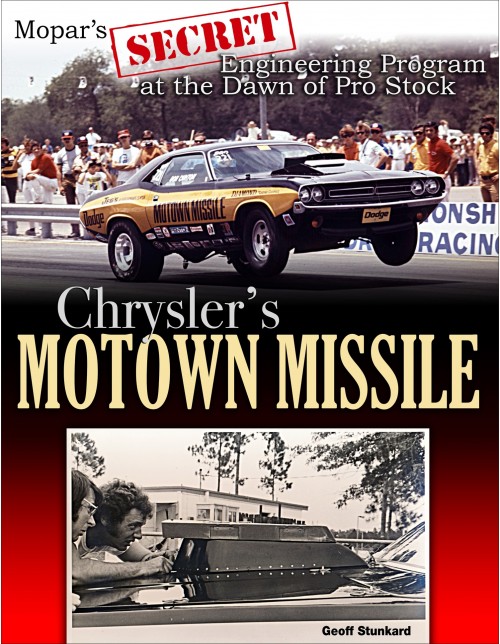
Relive Mopar’s skunkworks racing team and its rise to dominance in this fascinating history!
The drama of 1970s Chrysler Pro Stock drag racing unfolds in this new book, which focuses on the racing and technological evolution of the legendary Motown Missile and Mopar Missile racing programs from 1970 to 1977. Unequaled by any other drag racing development program, this was a huge undertaking in term of time, money, and effort.
The 1970s saw great change in Detroit and in auto racing, with Pro Stock being a huge draw for fans. Chrysler racing historian and author Geoff Stunkard presents a chronological recollection, drawing from many interviews and summaries of the actual technical efforts that the factory accomplished and includes both rare/unpublished technical and personal images from the team members and some of the most dramatic images taken by the sport’s best photographers.
From the earliest days of owner/engine builder Ted Spehar, factory engineer Tom Hoover, and driver Don Carlton, the narrative is a colorful look at the team’s inner workings, programs, victories, and even defeats. Set against a backdrop of characters like Bill Grumpy Jenkins, Dandy Dick Landy, and Dyno Don Nicholson, Carlton’s driving prowess had few equals. Indeed, called by one period scribe as a cyborg, the likeable pilot would pay the ultimate price as a drag racing driver. From the Challengers and `Cuda to the Demons and Colts, the book showcases the cars that made Chrysler so much a part of this racing era, as well as Ted Spehar’s never-before-revealed information on the 1970s Pro Stock engine program.
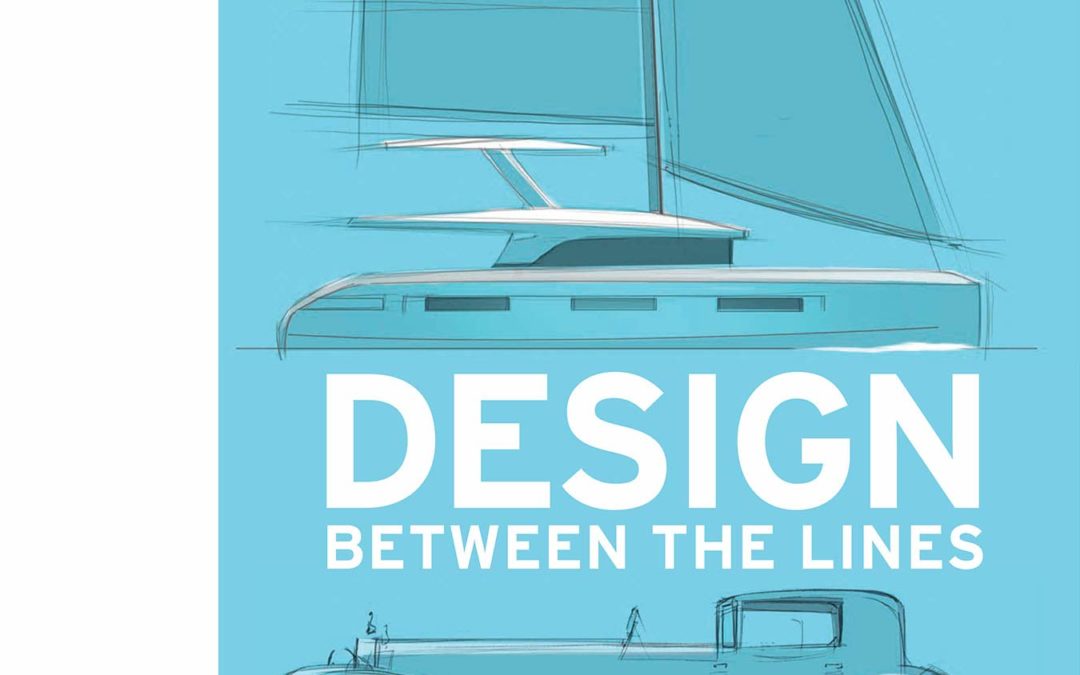
The car industry and the way in which cars are created have changed beyond all recognition over the last half-century. Automotive styling was once the grudging afterthought when the engineers had finished their work. Now, following a short flirtation with exotic Italian design houses, it has evolved into sophisticated design carried out by multitalented in-house teams honing carefully crafted brand identities.
One of the visionary designers at the forefront of that revolution has been Patrick le Quément. Most widely acclaimed for his 22 years in charge of Renault Design, resulting in such standout models as the Twingo, Scénic and Avantime, le Quément has enjoyed a 50-year career that has also taken in Simca, Ford and Volkswagen-Audi. In his foreword to the book, Stephen Bayley calls le Quément ‘perhaps the very most original designer working in the conservative car business at the turn of the millennium’. Some 60 million cars across the world now bear the unmistakable stamp of le Quément.
Design: Between the Lines is not a straightforward autobiography; rather, le Quément charts his journey through five decades of thoughts, actions, failures and successes. He offers fascinating commentaries on design and the creative process, and on some of the extraordinary automotive brands that make up our shared cultural heritage. As Bayley notes, for le Quément, design is ‘as much a matter of thinking as a matter of drawing’. On a broader, more philosophical level, le Quément also shares his views about life in general and that remarkable contraption called ‘the automobile’, which has so influenced the lives of millions of people the world over from the late 1800s to the present day.
Presented as a series of 50 brief essays or ‘perspectives’, le Quément’s thoughtful and astute observations from the street, from the design studio and from his seat in the boardroom give the reader a penetrating and often amusing insight into the high-level workings of a global industry, its triumphs and tragedies, and the foibles of the decision-makers responsible for running it. A lively complementary text by the automotive journalist Stéphane Geffray accompanies each of le Quément’s perspectives, and illustrations are provided by the automobile designer Gernot Bracht. Design: Between the Lines will appeal to all motoring fans and enthusiasts of good design. As Chris Bangle, the former Director of BMW Design, remarks: ‘Few car designers have had a career so filled with innovative successes that they have inspired a whole industry; fewer still have the skills to share it. Engaging and revealing, Patrick relates his personal experience and deep knowledge of car design in a very enjoyable manner.’
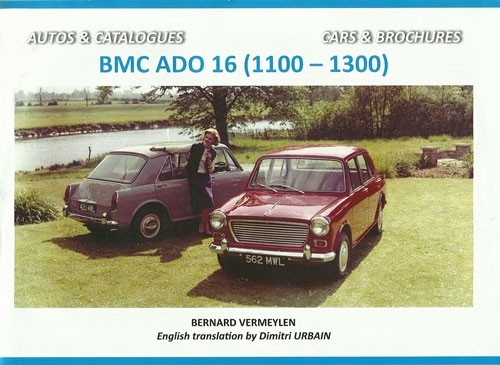
The BMC ADO 16 (Austin Drawing Office 16) Morris 1100 car was revealed to the international motoring press on 15th August 1962, a larger and worthy companion to the BMC Mini which had been launched in 1959 to worldwide acclaim. Both designs were the work of Alec Issigonis and featured transverse engines with the gearbox in the sump, driving the front wheels, groundbreaking technology at the time which has been universally adopted since, though not the gearbox in the sump. A further revolution was the suspension; the Mini had progressive springing by rubber cones, the work of rubber technician Dr. Alex Moulton which, together with rack-and-pinion steering, was responsible for the Mini’s incredible road-holding. The larger Morris/Austin 1100 series cars were fitted with a developed version named “Hydrolastic”. Suspension was still by Dr. Moulton’s rubber cones, but associated with a chamber filled with water and antifreeze and incorporating damper valves, which was connected to similar rear units via pipes and was a form of self-levelling. A unique solution to the problems associated with large differences between laden and unladen weights in small family cars.
Bernard Vermeylen’s fascinating book, with English and French text, studies the design, technologies and development of Issigonis’s and BMC’s hugely-successful ADO 16 design, which lasted for over 10 years and evolved from the Austin/Morris 1100 to the 1300 cars, which in turn were built in a bewildering variety of badge-engineered makes; Vanden Plas Princess, MG, Riley Kestrel and Wolseley, as well as being licence-built in Italy (Innocenti), Spain (Authi), Australia (Nomad), New Zealand and South Africa (Apache). BMC themselves produced GT versions, Traveller and Countryman estate cars and a variety of different spec. models for various markets.
Most of the illustrations in this book take the form of images from factory brochures and press photos, detailing the many changes BMC made to the ADO 16 in the decade it was in production. Specifications of different models, paint colours and sales prices are all listed in Bernard Vermeylen’s book, it is as comprehensive a survey as is possible and particularly interesting for the details published on the many export and licence-built variants of BMC’s 1100/1300 cars.

The Land Cruiser is Toyota’s longest continually produced model. From its start as a utility vehicle built during a period of economic gloom and uncertainty after the Second World War, it is now a well-equipped, luxurious and highly capable prestige SUV.This book covers all the changes that have taken place over the years to provide a complete history of the Land Cruiser’s extraordinary heritage. The coverage includes the Land Cruiser’s outstanding success in some of the toughest environments of the world, and what it takes to modify it to meet the toughest of conditions.Author Nigel Fryatt follows the extensive range history of the Land Cruiser from its earliest models, through the utility models, right up to the prestigious versions that exist today. The author draws on his considerable experience of both on-road and off-road testing to provide his informed professional judgement on this extraordinary vehicle.








